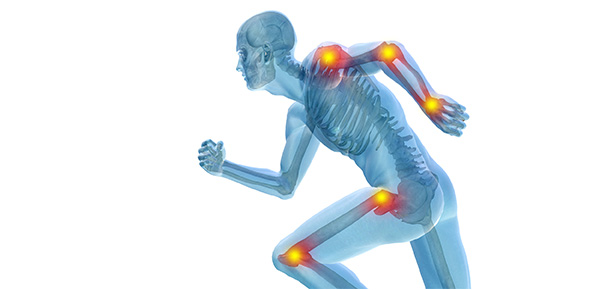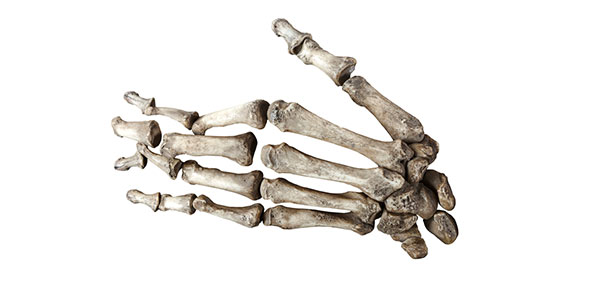Related Flashcards
Cards In This Set
| Front | Back |
|
11.1
What are the different ways to classify hormones. a. Differentiate between the mechanisms of steroid and non-steroid hormones. Give examples for both types of hormones. |
Na
|
|
11.2
Through what structure does the hypothalamas communicate with the anterior pituitary? posterior pituitary? |
The anterior pituitary is through the hypothalamo-hypophysial portal system, the posterior pituitary is through the hypothalamo-hypophysial tract
|
|
11.3
list the three ways in which a hormone may be stimulated to be released - give a specific examples of each . define tropic a.what may be the fate of a hormone one in the bloodstream |
Humoral(blood)-> concentration of molecules in blood triggers hormones release
ex. glucose concentration (insulin goes up + glucogen goes down) Neural(nerve)-> nerve AP will trigger hormone release ex. adrenaline(sns) be adrenal gland hormonal(most common)-> one hormone triggers release of another hormone a. N/a |
|
11.4
Describe a typical negative feedback system within the endocrine system. |
N/a
|
|
11.5
make a chart of all hormonal pathways starting in the hypothalamus going to the anterior pituitary and finishing with the glandular hormones the stimulates |
N/a
|
|
11.6
discuss the functions of the thyroid gland. describe the effects of the thyroid hormone. |
Thyroid glands produces hormones T3 & T4, increase metabolism, increase blood tempt, increases normal growth and development
|
|
11.7
Describe the effects of growth hormones |
N/a
|
|
11.8
compare and contrast the function of the hormones produced by the cells of the adrenal cortex with those secreted by the adrenal medulla a. describe the function of cortisol and epinephrine. |
Adrenal medulla releases epinephrine=adrenaline
Adrenal cortex manufactures steroid hormones ex cortisol released during stress cortisol: increases protein break down, this raises amino acids in the blood increases fat breakdown, this raises fatty acids content of blood stimulates glycogensis and inhibits glucose uptake by many cells, this raises blood glucose decrease inflammatory and specific immune response decrease activity of non-vital function i.e. reproductive and growth |
|
11.9
list the hormones released from the posterior pituitary and their functions. |
ADH-> Targets kidneys to raise water retention, reduce urine volume
diabetes insipidus results from hyposecreation of ADH Oxytocin-> Targets the uterus and breast glands stimulates labor contraction and lactation |
|
11.10
List and identify the functions of the pancreatic hormones. Describe the types of cells found in the pancreatic islets. a. How may insulin be triggered for release? What about glucagon? b. Describe what insulin does at the plasma membrane of its target cells. Also, what is the overall effect in muscle tissue, adipose tissue and liver tissue. c. Describe the difference between diabetes mellitus type 1 and type 2. |
Beta cells produce insulin
>released when blood glucose concentration is high >promotes entry of glucose into cell >converts glucose to glycogen and fat >aids entry of amino acids into cells Alpha cells produce glucagen >released when blood glucose concentration is low >stimulates glycogen and lipolysis >stimulates conversion of fatty acids to ketones |
|
11.11
Describe the functions of FSH and LH on their target tissues: ovaries and testes. |
LH> luteinizing hormone
FSH> follicle stimulating hormone ovaries/testes estrogen/ testosterone egg/sperm development |
|
11.12
Cushing’s disease is due to a hypersecretion of glucocorticoids. The symptoms of the disease are similar to those of chronic stress. Explain what these symptoms are and why this would be true. This disease could be due to a problem with the pituitary gland or with the adrenal gland. Explain how you would go about determining which gland was malfunctioning in a given patient. |
N/a
|
|
11.13
Mrs. Fearful has surgery in the morning. At the preoperative checkup her blood pressure and glucose level are elevated. Which hormone(s) might be the cause of this temporary increase? Explain your reasoning: include the stimulus, the endocrine gland(s) that release the hormone(s) and the specific action of the hormone(s). |
N/a
|
|
9.1
Describe the structure and function of thick and thin myofilaments. |
Thick filaments:
Myosin> gladular heads, pulls down, actin = shortens thin filaments: actin> works with myosin to contract muscle troponin> binds to ca+ during muscle contraction, pulls tropomyosin off of actin tropomyosin> blocks myosin from binding to actin |
|
9.2
Describe the sliding filament theory. |
Myosin binds to actin , and slides it, fulling the Z-lines closer together
the width of the I-band and H-zone decreases while the ammount of overlap increases Note that filament lengths have not changed |







